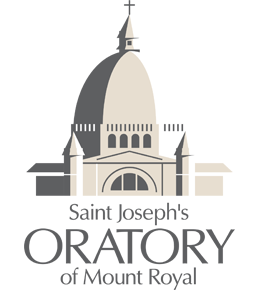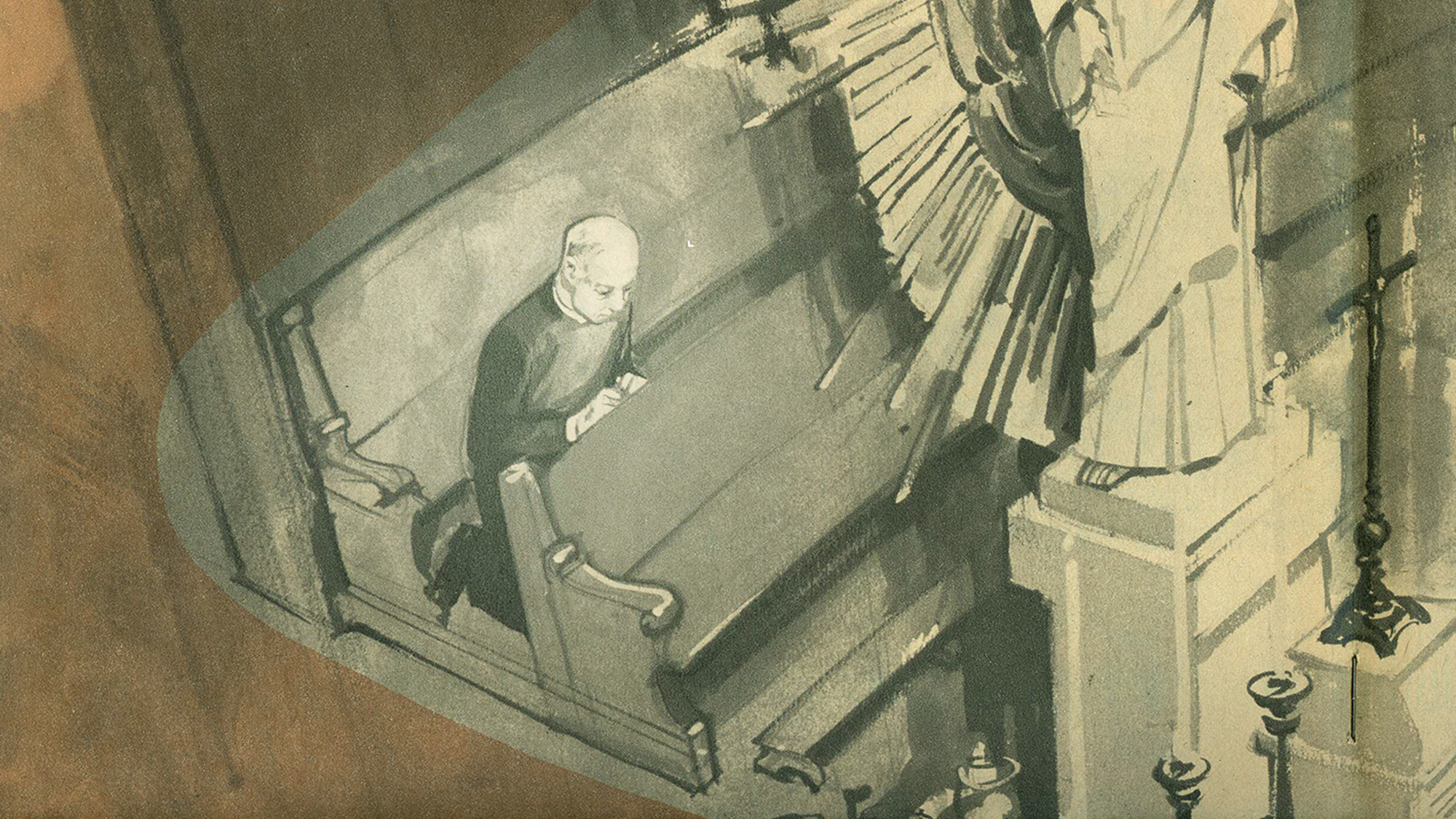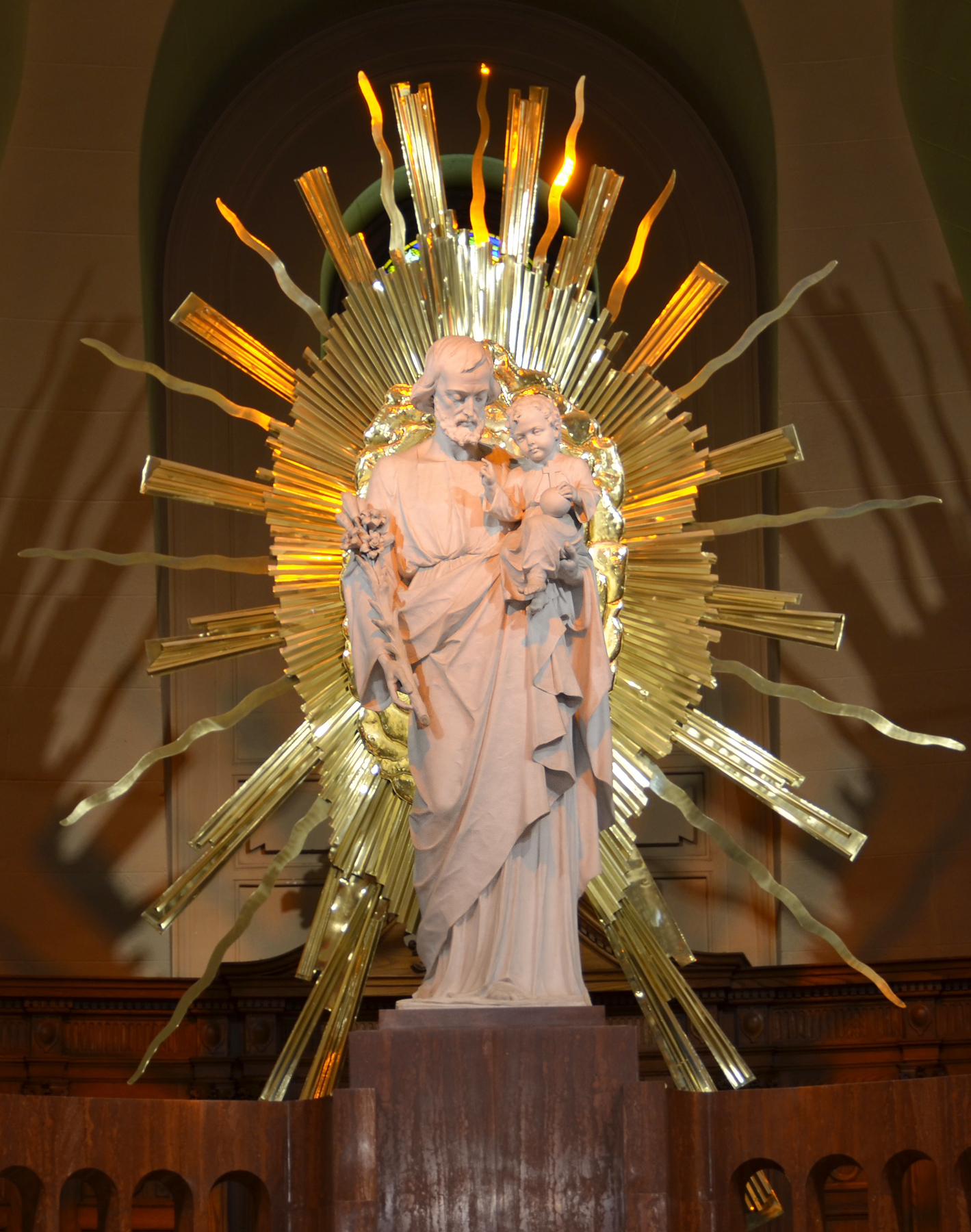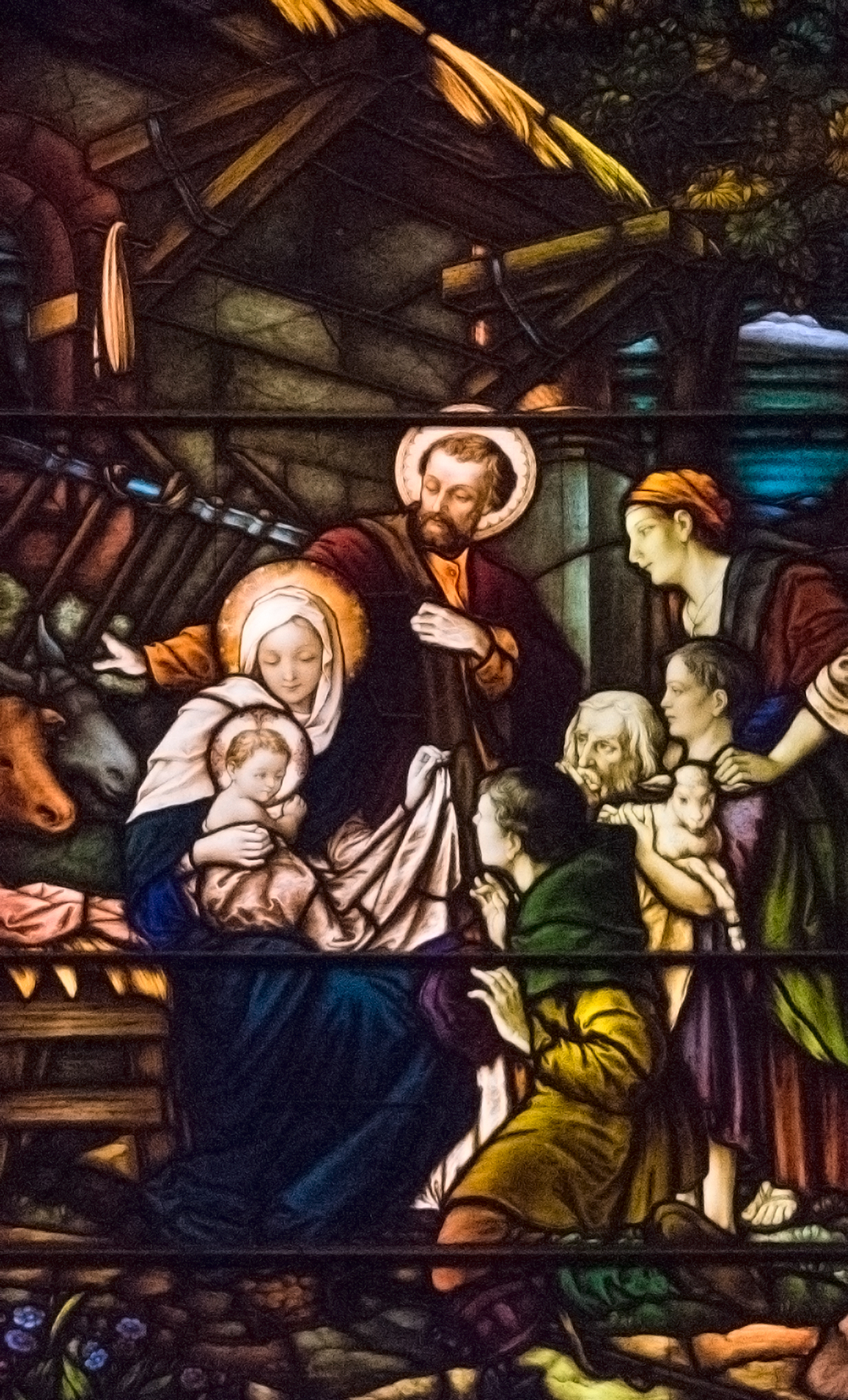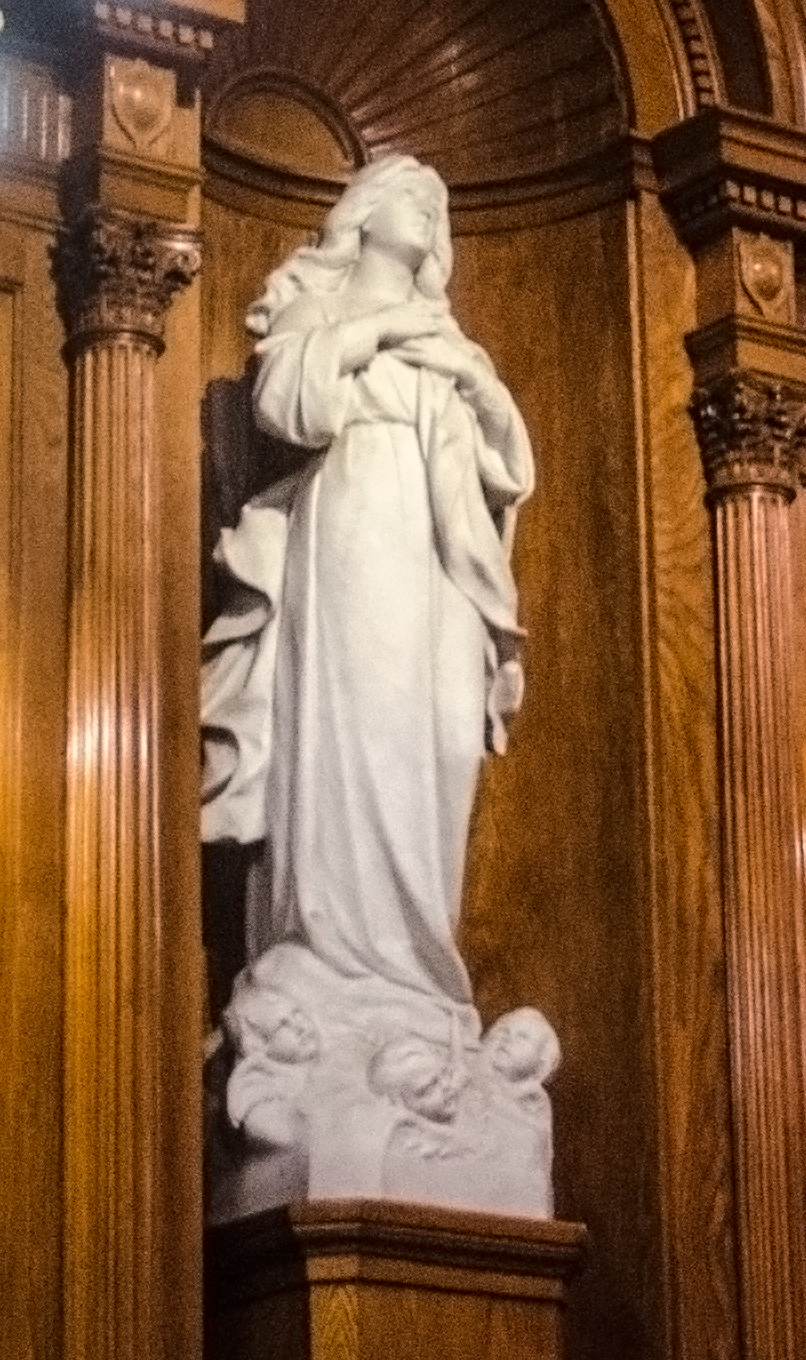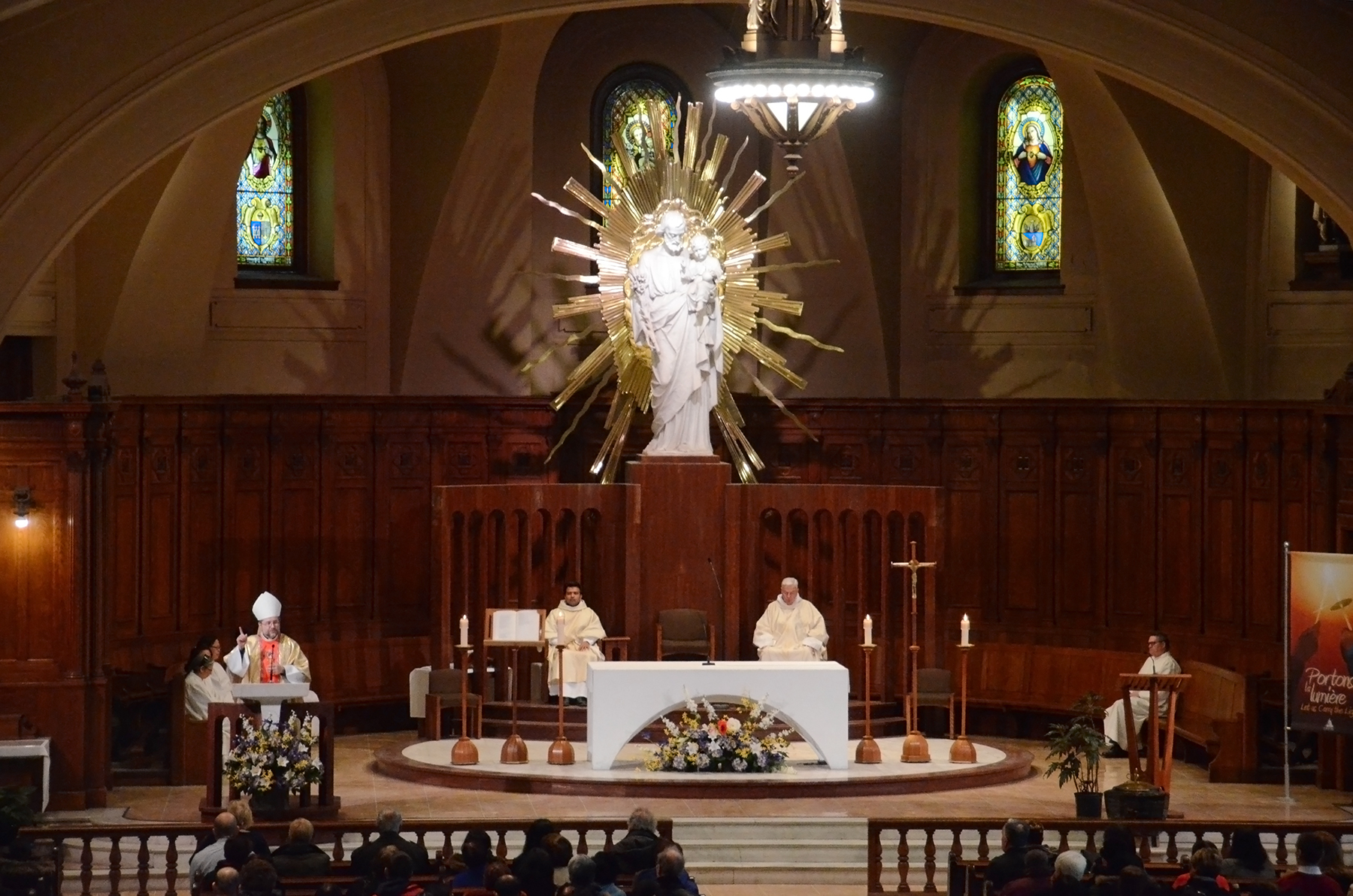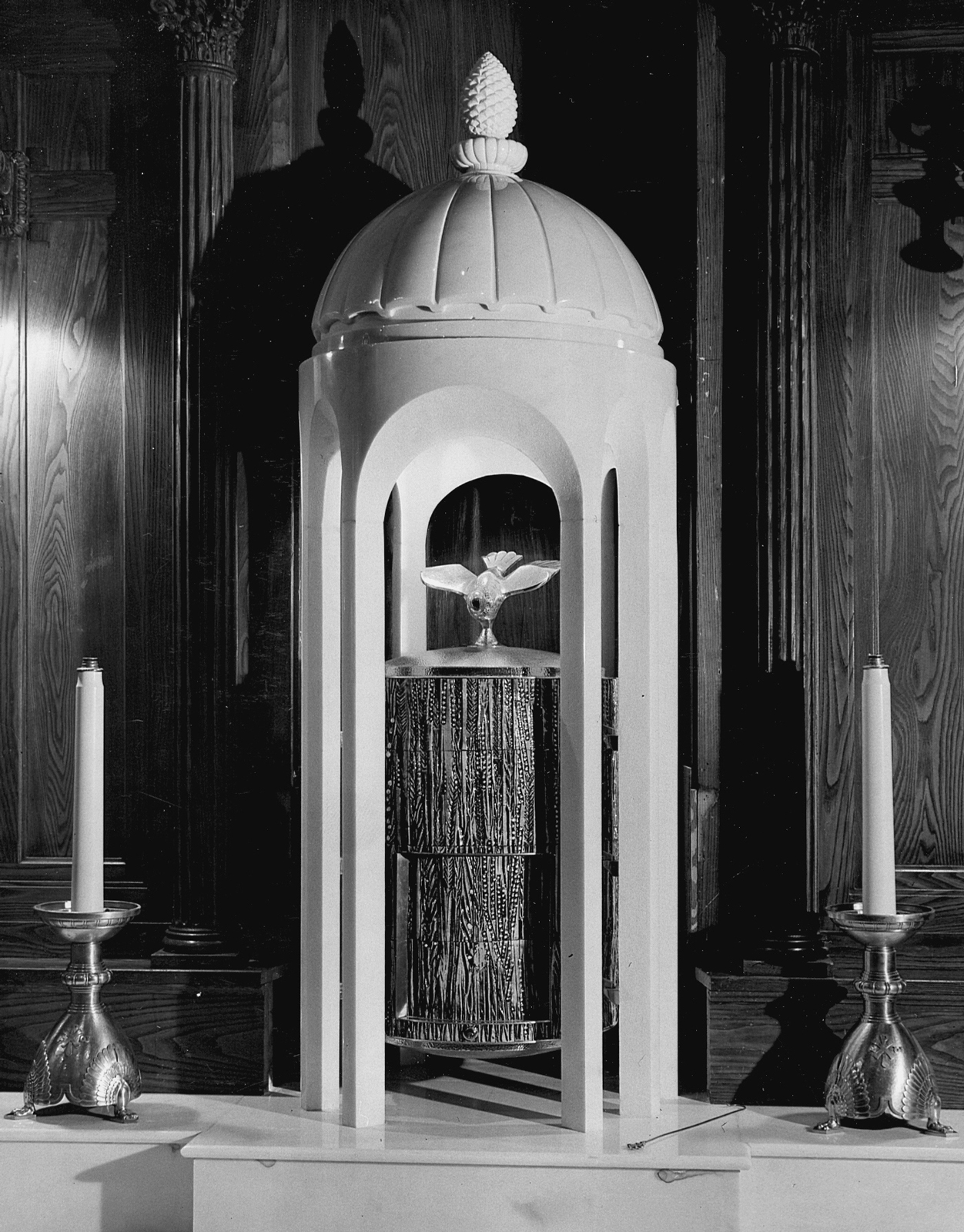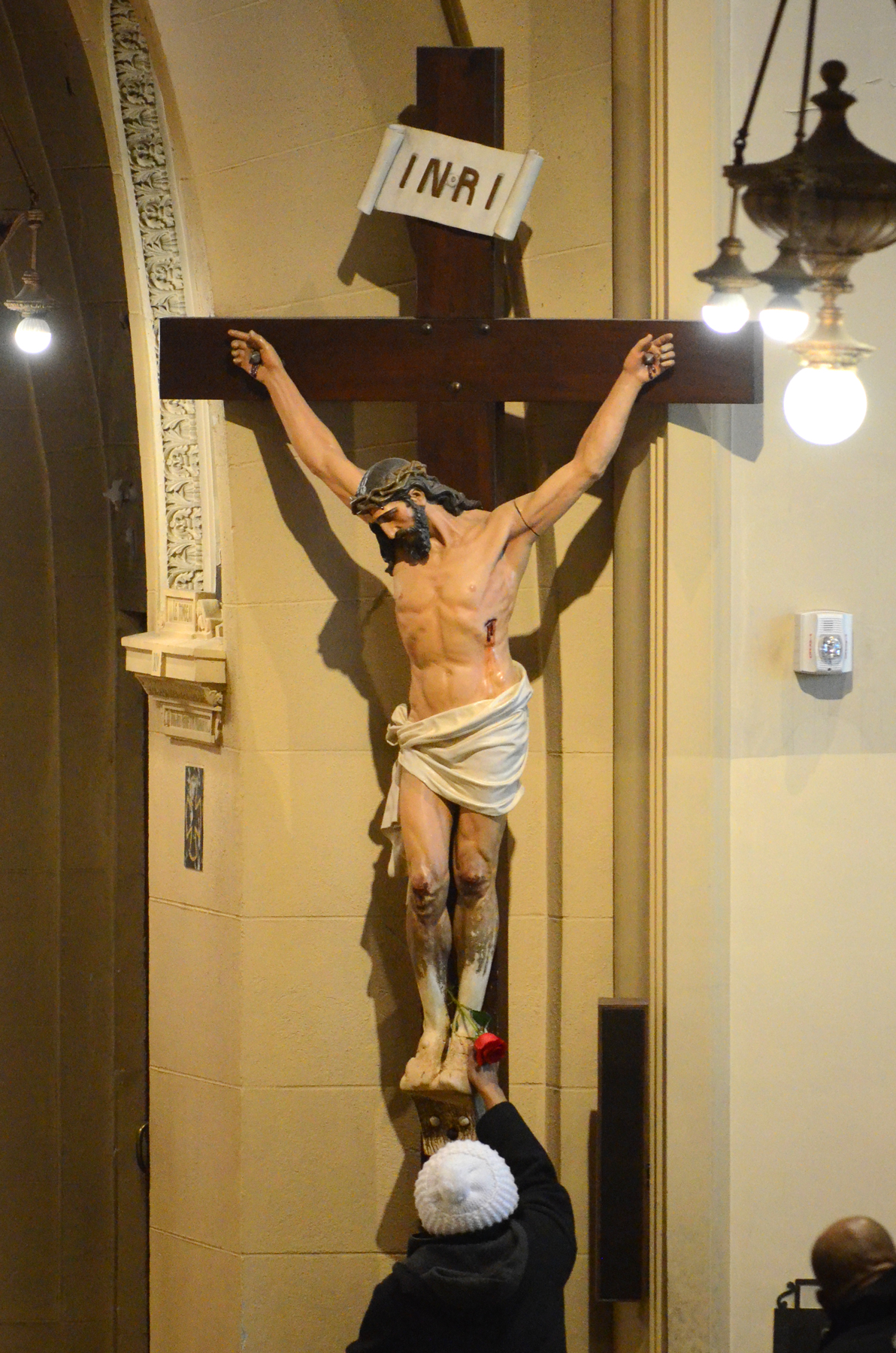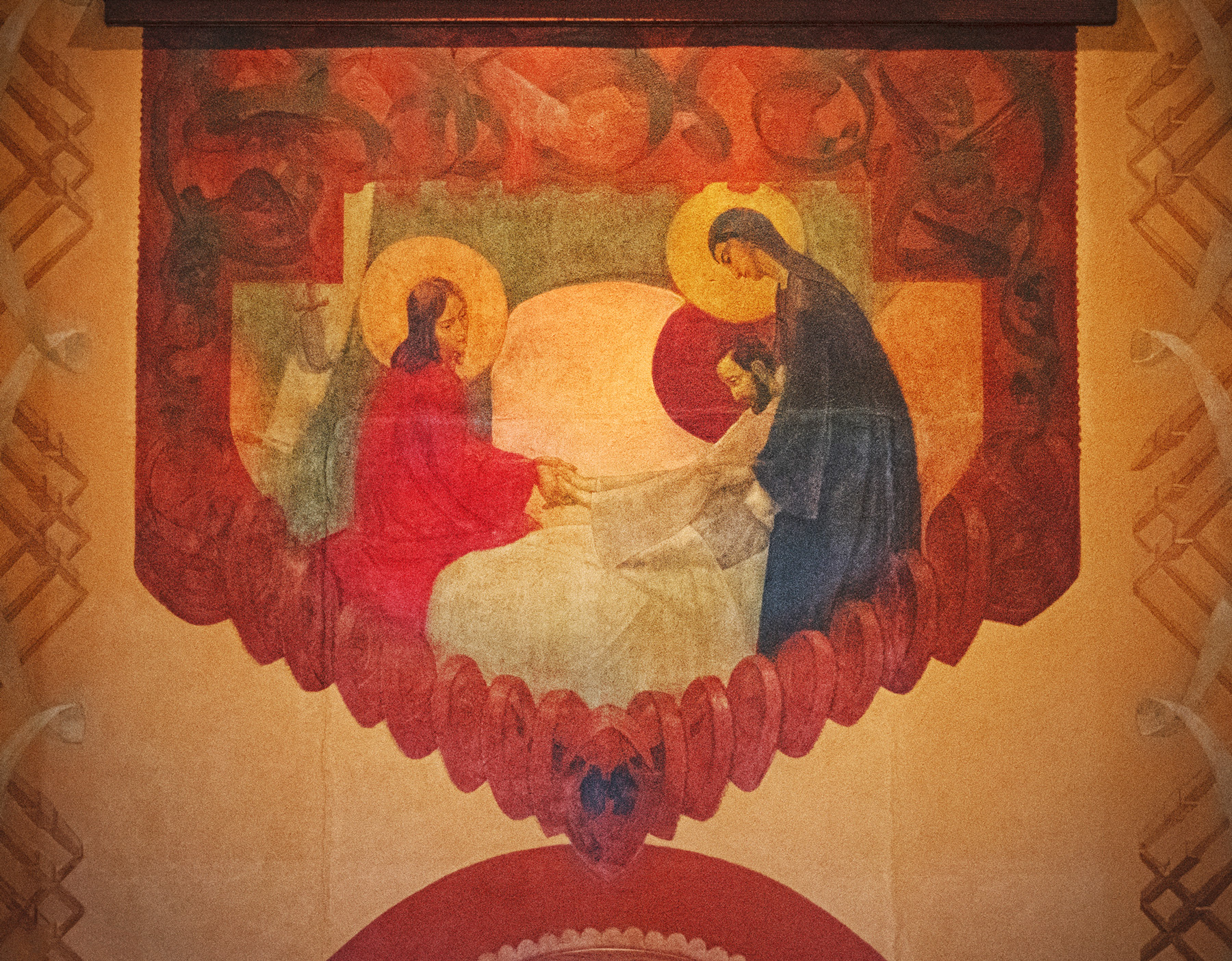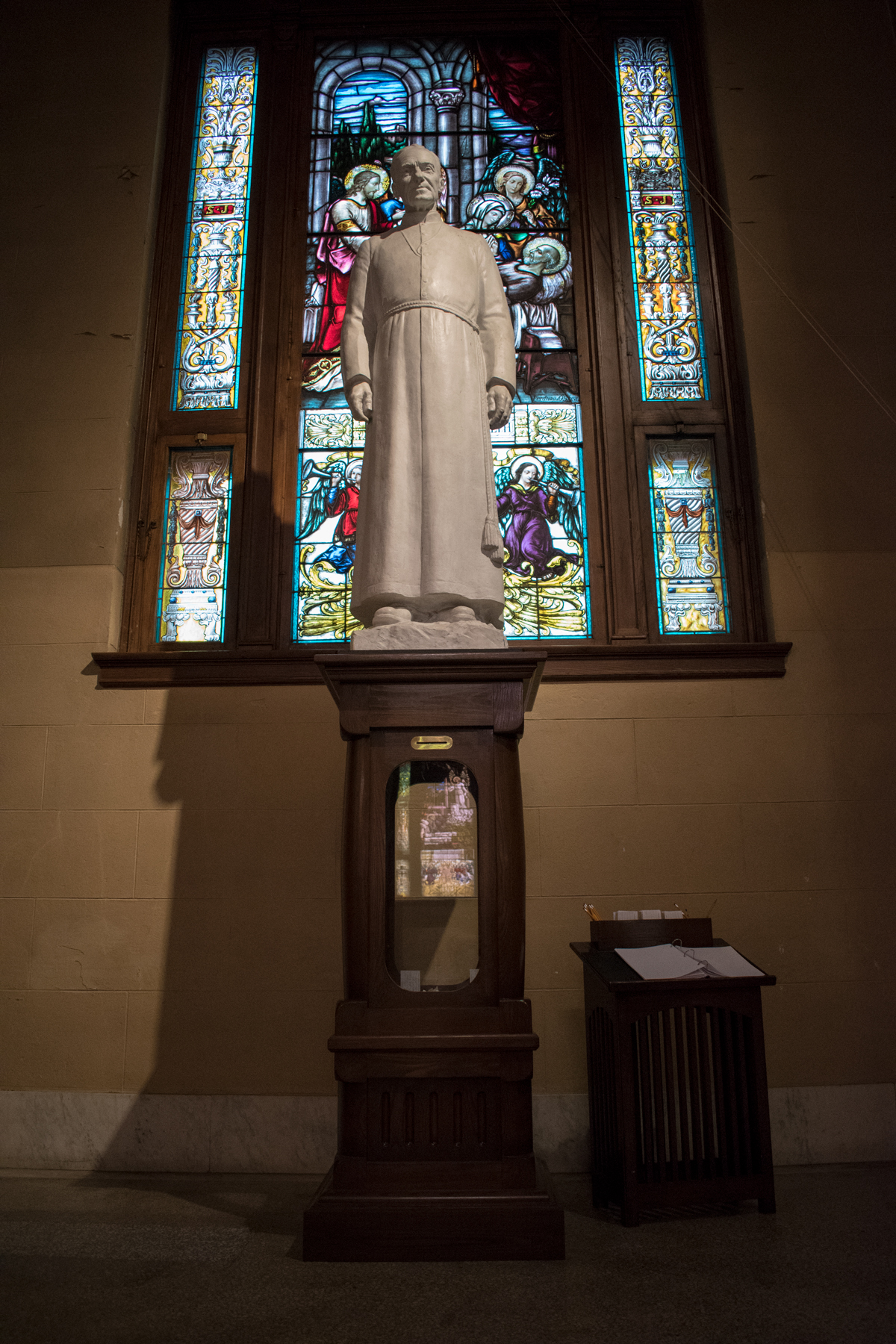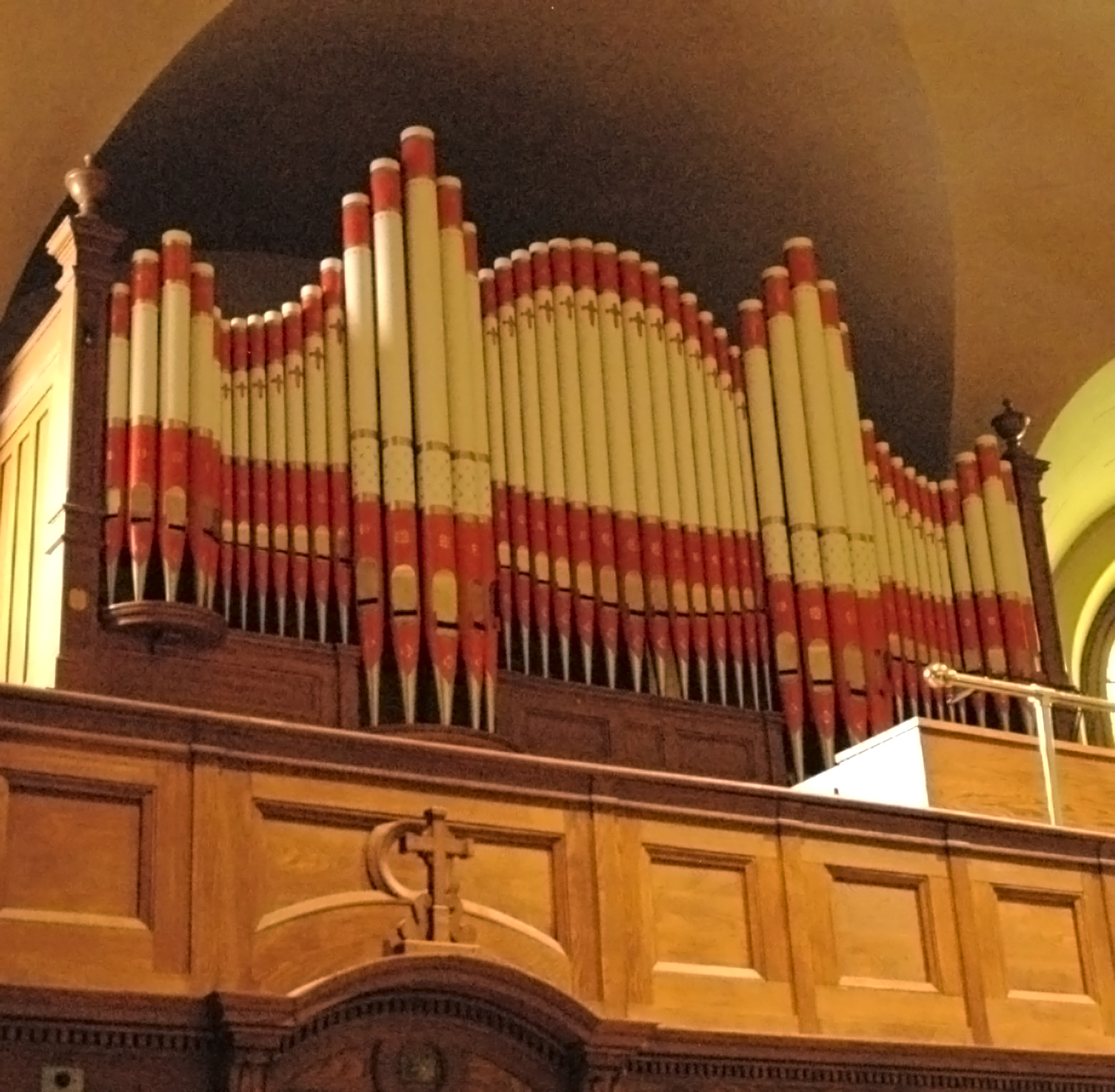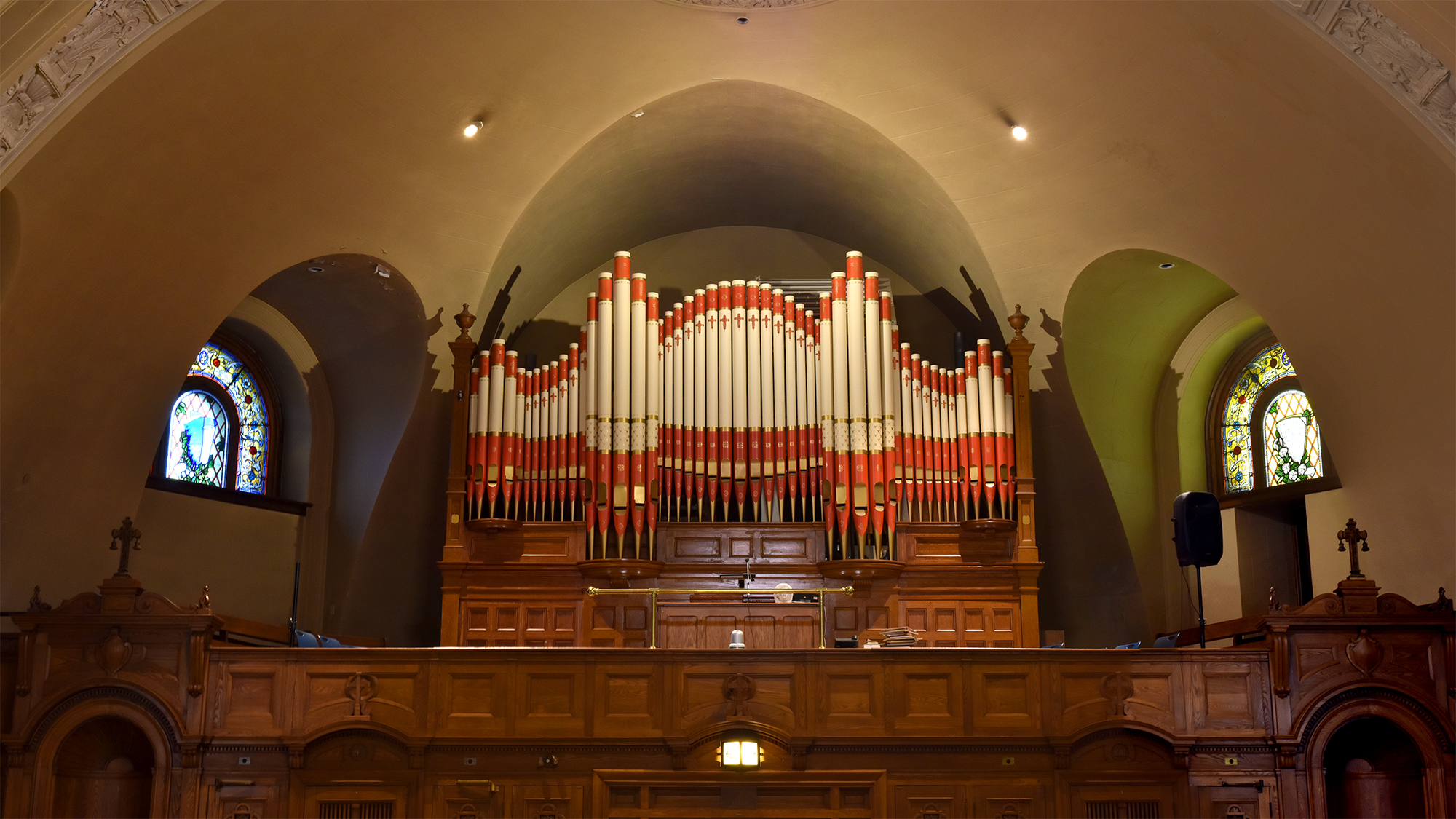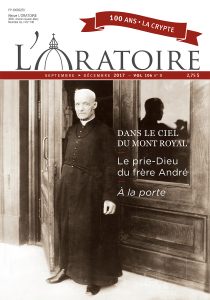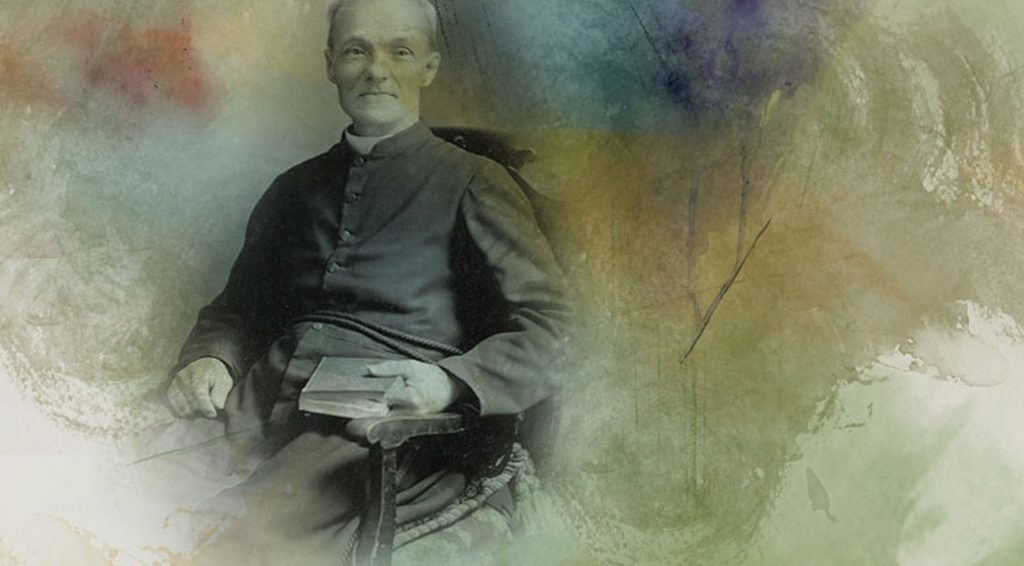FROM OUR BLOG :
BROTHER ANDRÉ’S PRIE-DIEU
By Claude Grou,CSC
Rector, Saint Joseph’s Oratory
Arches and Chapels…
The Crypt Church pleases with its oak woodwork, its light fixtures, and ornate arches in its ceiling. An edifice of sober lines, it is appointed with many side chapels and an organ loft. The church, as part of an immense architectural ensemble, was built according to the plans of Dalbé Viau and Alphonse Venne in a neoclassical style. The facade is constructed of stone blocks coming from Deschambault.
| IMPORTANT DATES |
| Beginning of the construction: 1915 |
| Inauguration: December 16, 1917 |
| Consecration: August 9, 1943 |
| DIMENSIONS |
| Length: 63.39 m (208 ft) |
| Width: 36.5 m (120 ft) |
| Height: 13.1 m (42 ft) |
| Seating capacity: 1000 persons |
To Behold in the Crypt Church
FROM OUR BLOG :
A CENTENARIAN ORGAN
By David Bureau
Archivist,Roland-Gauthier Archive and Documentation Center
FOR FURTHER READING ABOUT THE CRYPT CHURCH:
SPECIAL DOSSIER
THE 100th ANNIVERSARY OF THE CRYPT CHURCH
Excerpt from the ORATORY magazine
September-December 2017 − Vol 91 No 3.
HEART OF THE SANCTUARY SINCE 1915…
Discover the Crypt Church in its historical context by exploring the Oratory’s timeline.
